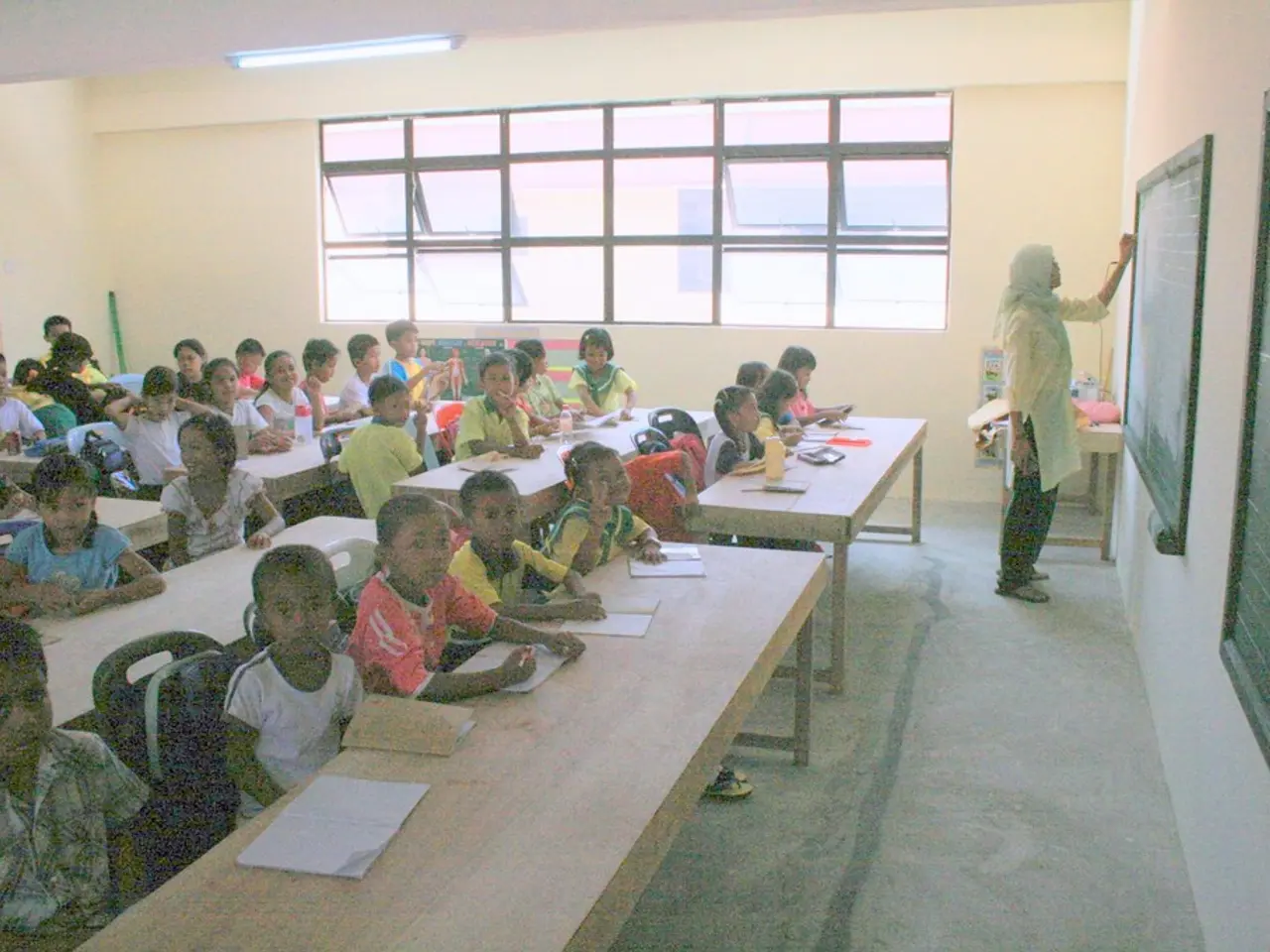Building a Connection between Teachers, Students' Emotional States, and Academic Success Enhancement Framework
In an effort to improve student engagement and address dropout and academic disengagement in Higher Education Institutions (HEIs), innovative frameworks are being developed. These frameworks leverage technology-driven emotion regulation interventions, multidimensional social and emotional competence (SEC) models, and emotional learning design frameworks.
Technology-Enhanced Emotion Regulation Interventions
One approach integrates information and communication technologies (ICT) into serious games and mobile applications to promote emotional regulation and psychological well-being among students. This framework collects emotional data via validated online assessment questionnaires at multiple time points (pre- and post-intervention). Data security is ensured through platforms like LimeSurvey, and datasets are managed and analyzed by research teams to evaluate intervention effectiveness.
Multidimensional SEC Frameworks
These frameworks build on established models such as CASEL’s five domains of social and emotional learning and the “three dimensions and six phases” model from China. They categorize student emotional competencies into cognitive, behavioral, and emotional dimensions, capturing the dynamic interplay of skills like self-awareness, emotion regulation, empathy, and decision-making. This approach allows for analyzing emotional data linked with students’ development, motivation, and academic engagement, often through both qualitative and quantitative measures collected in academic and community service contexts.
Emotional Learning Design Framework
This framework systematically incorporates affective processes into learning environments to foster emotional engagement. It captures emotional data related to learners' feelings (e.g., boredom, anxiety) through observational or self-report measures and analyzes how these emotions affect cognitive processes such as memory retention and knowledge application. This design can inform pedagogical practices oriented to enhance emotional involvement, thereby improving motivation and reducing dropout rates.
Interdisciplinary, Humanizing Frameworks
Some models emphasize moving beyond traditional assessments by integrating emotional, social, and intellectual development in evaluation practices to foster student engagement and reduce disengagement by recognizing student emotional experiences holistically.
Novel Analytical Methods
Techniques like Q-methodology are emerging for analyzing self-referential emotional data in faculty and students, enabling a nuanced understanding of internal emotional states in classroom contexts, which indirectly supports strategies to improve emotional engagement.
Together, these frameworks represent innovative, technology-enhanced, multidimensional, and human-centered approaches to collecting and analyzing emotional data in higher education. They offer promising avenues for improving student engagement and addressing dropout and academic disengagement. The collected data is compiled in an ontology and can identify patterns and outliers via machine learning. Real-time alerts are triggered when student profiles indicative of critical situations are detected, aiming for academic performance improvements. The goal of these frameworks is to bridge the communication gap between faculty staff and the affective needs of students, gathering data from human observations and electronic sensors in HEIs.
- In the context of health-and-wellness and education-and-self-development, some innovative frameworks are employing eye tracking technology to analyze students' emotions during learning, offering insights into their levels of engagement and academic performance.
- Leveraging science, technology, and education-and-self-development, these frameworks employ novel analytical methods like Q-methodology to understand internal emotional states of students and faculty, with the goal of refining emotional learning design frameworks for improved student engagement and reduced dropout rates in Higher Education Institutions (HEIs).




